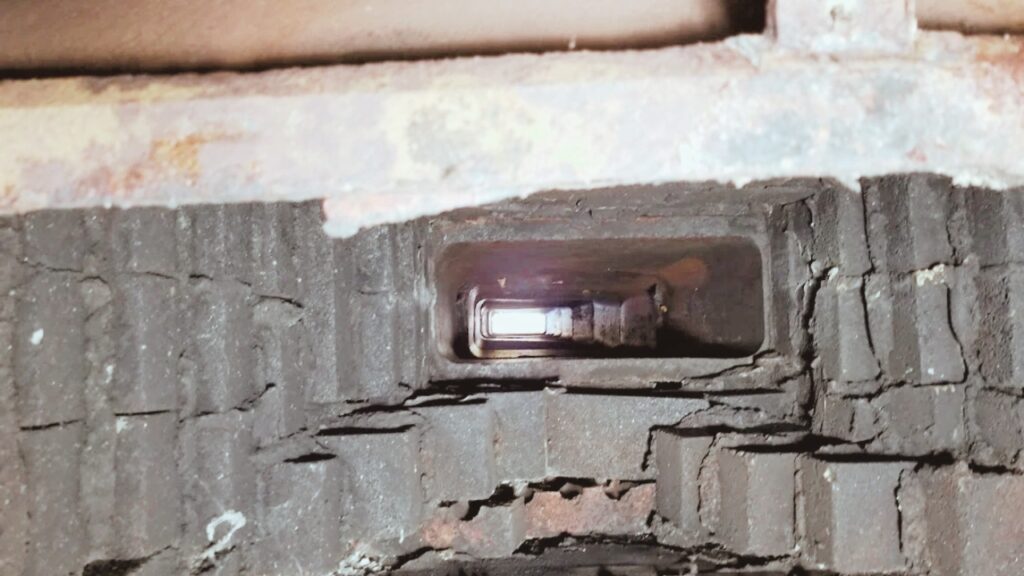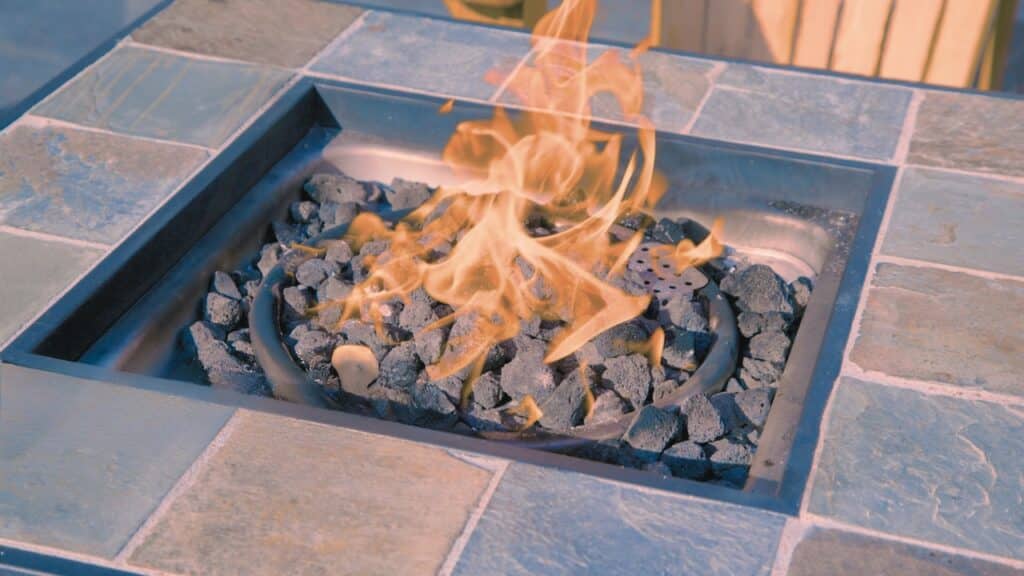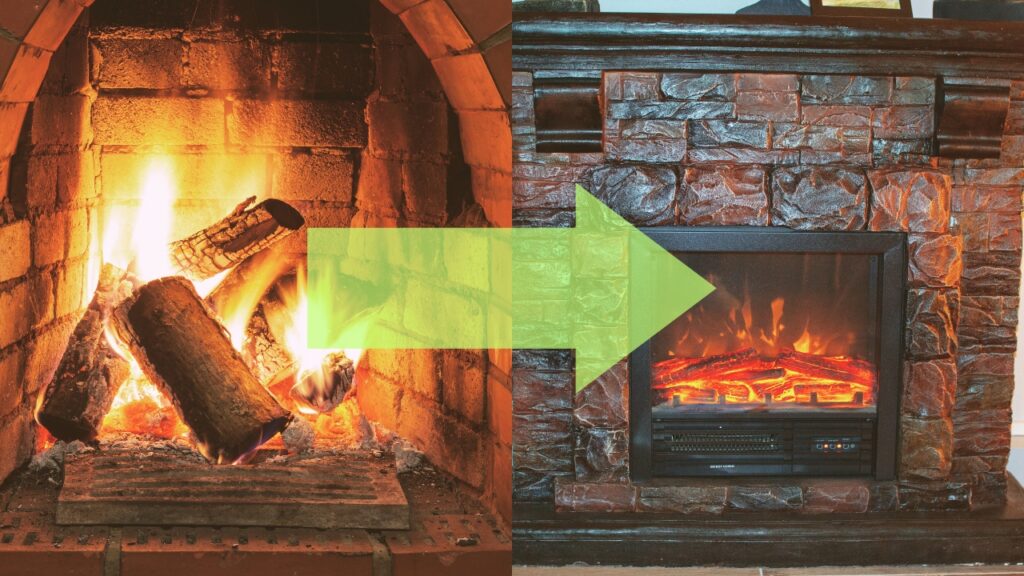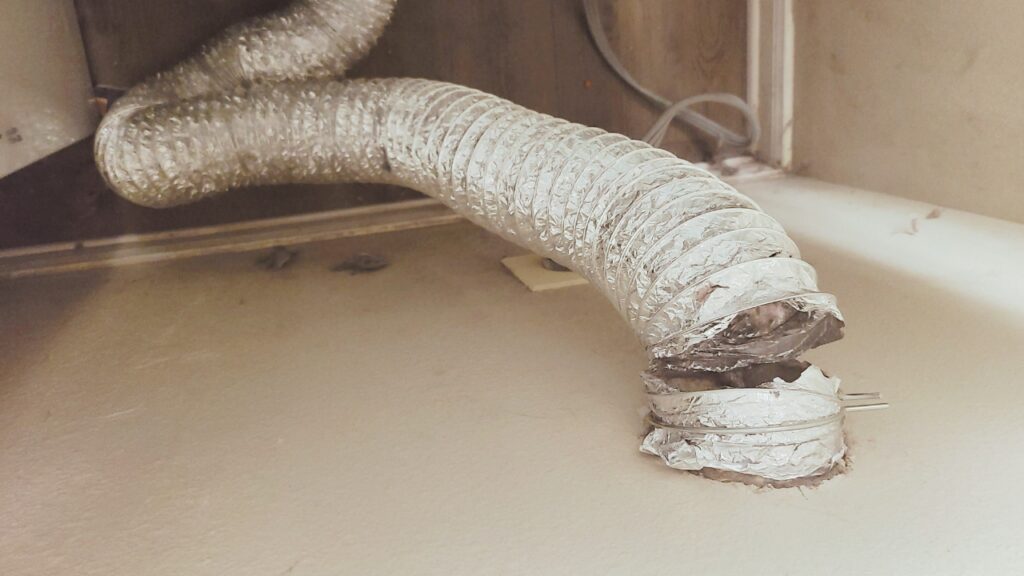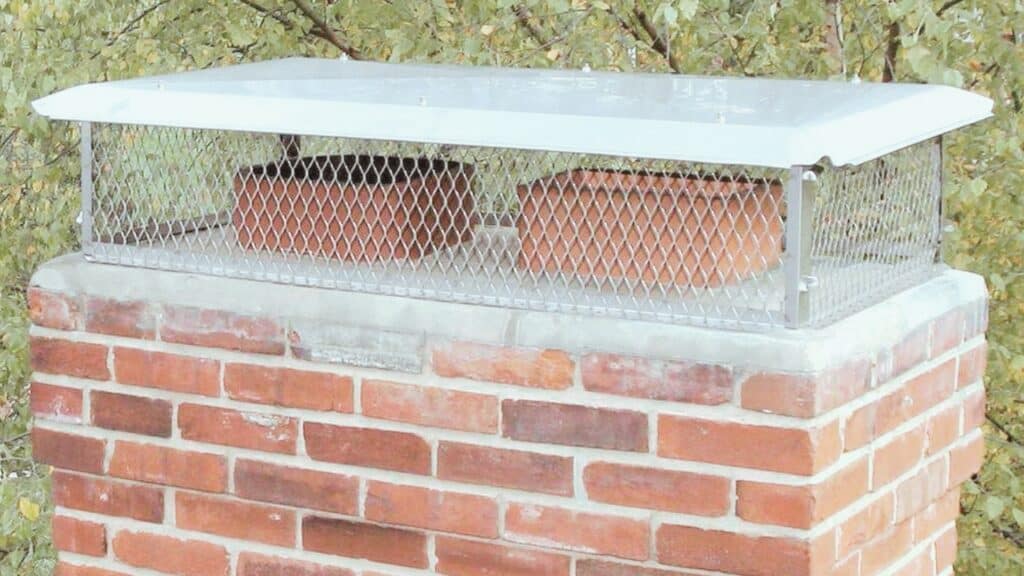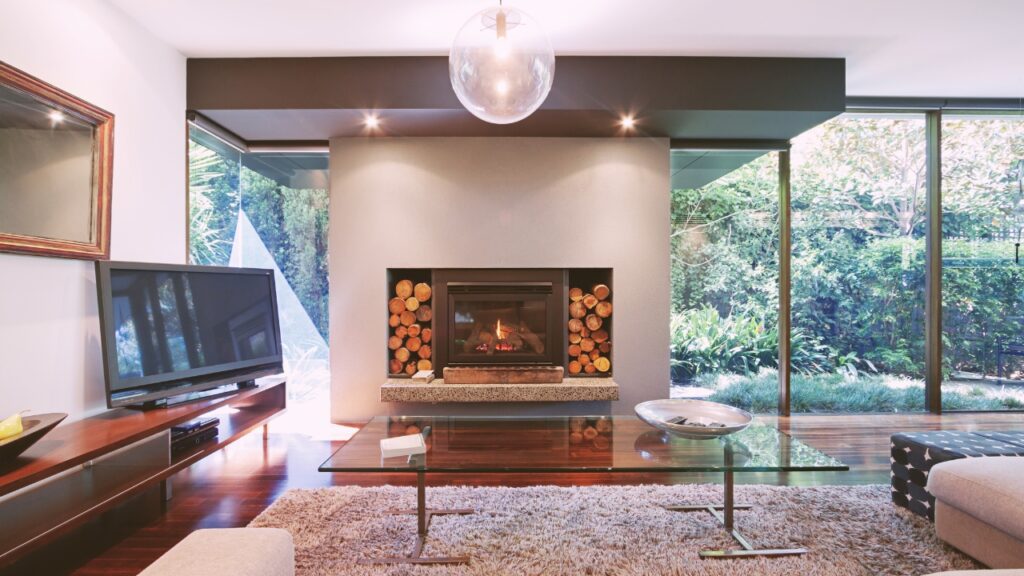When it comes to repairing mortar joints in masonry, there are two main options: tuckpointing and repointing.
You might have heard these terms being used interchangeably. However, tuckpointing and repointing are two different processes and serve different purposes. There’s a lot of similarity between the two, which often results in people getting confused.
Do your brick walls require repair, but you’re unsure what you need: tuckpointing vs repointing?
To help homeowners like you decide, let’s talk about the main difference between the two processes.
——
Do You Need to Hire Chimney & Fireplace Expert?
Get free quotes from qualified experts near you. No commitment required!
——
What Is the Difference Between Tuckpointing and Repointing?
In chimney repointing, the old mortar of a brick structure is removed, and new mortar is applied in its place. Repointing is done to repair damages, strengthen the brick structure, and prolong its life.
Tuckpointing also involves the removal of deteriorated mortar which is then replaced with new mortar. However, in tuckpointing (as opposed to repointing), mortars with contrasting colors are used to replace the older mortar (one of which should always be the same color as that of the old mortar and bricks.) This is done to offer an aesthetically pleasing look.
Now, let’s discuss both processes in detail.
What Is Tuckpointing?
Tuckpointing is the process of renewing the mortar joints of a deteriorating brick structure, ensuring that the final structure looks good.
To do that, two contrasting colors are used for the new mortar. One of the mortar colors should be similar to that of the bricks. This offers a smooth, continuous look. The mortar with a color different from that of the bricks is applied in between the mortar having the same color as the bricks. This makes the mortar look a lot finer than it is, making it look aesthetically pleasing.
How Do You Know if You Need Tuckpointing?
Tuckpointing is required when the brick structures of your home are starting to deteriorate. If the outer mortar surface has flakes or is wearing out due to prolonged exposure to the elements, that’s a sign that you need tuckpointing.
Also, if you see efflorescence (white powder-like deposits) on your bricks, that means water has seeped inside, and you require tuckpointing.
If your brick structure has missing or cracked mortar, call a professional for tuckpointing as soon as possible. If prolonged, the damage could worsen, and tuckpointing won’t suffice.
What Is the Purpose of Tuckpointing?
Brickworks are durable structures that last for several decades with little to no maintenance. However, the mortar joints that hold the bricks together can start to deteriorate due to direct exposure to the environment.
Tuckpointing is done to renew the mortar joints, prevent deterioration, and prolong the life of your brickwork. It also improves its appearance.
What Is Repointing?
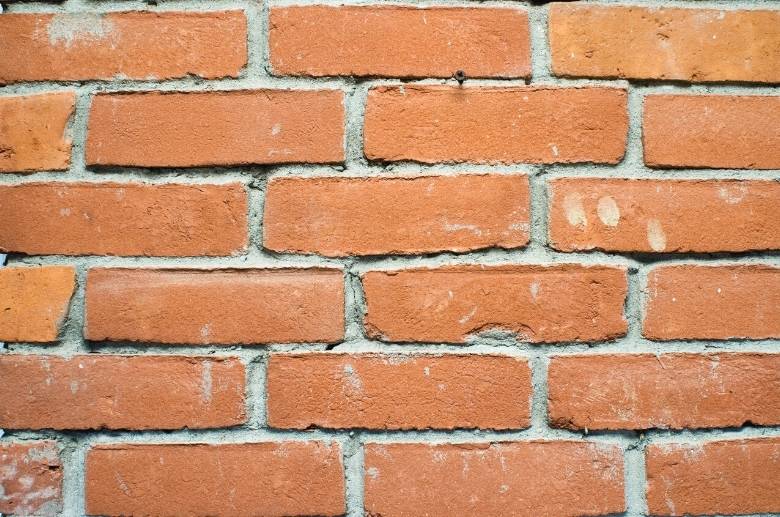
Masonry repointing is removing and replacing old mortar with new mortar to fix cracks and fill spaces inside the masonry. This is done by removing old mortar from the exterior (you don’t want to remove too much mortar since the brick structure might crumble).
However, when the damage is extensive, choosing between rebuilding or repointing chimneys becomes crucial. Rebuilding may be necessary if the structural integrity is significantly compromised, whereas repointing is often sufficient for minor wear and tear.
Don’t know when to repoint your masonry? If you see the following signs, that means it’s time to get a repointing job done:
- If your mortar is starting to crack, that means its life is getting close to an end and you need to replace it with new mortar to hold the brick structure in place.
- Gaps between bricks or mortar are a sign that your masonry needs repointing. If you leave it alone, these gaps will allow water to penetrate your house and can cause damage.
- Mortar holds the bricks in place. If your bricks are starting to loosen up, that means the old mortar isn’t performing its duty well and requires replacement.
- If you notice damp spots on your brick walls, that means the mortar is starting to deteriorate and form cracks. By repointing the structure, you can prevent water from penetrating the bricks and compromising the structural integrity of your home.
What Is the Purpose of Repointing?
Repointing masonry with cracks, gaps, loose bricks, or damp spots is important to ensure your home’s structural integrity and avoid water penetration.
While bricks can last for years to come, masonry joints are not as durable. They can start to crack or deteriorate. Since mortar holds the whole structure in place, deterioration of mortar joints means that the whole structure might fall if nothing is done.
Moreover, cracks inside the mortar mean that water can seep inside. If that happens, it can further weaken the mortar joints and accelerate their decay. This, again, can cause reversible damage.
To avoid such dire consequences, masonry repointing is done to replace the old mortar with newer mortar that’ll better hold the bricks in place, prevent water from getting inside, and prolong the life of your brick structure.
——
Do You Need to Hire Chimney & Fireplace Expert?
Get free quotes from qualified experts near you. No commitment required!
——
How Often Does Brickwork Need to Be Repointed or Tuckpointed?
Repointing or tuckpointing should be done as soon as you see signs of your mortar joints starting to decay.
If done right, repointing or tuckpointing can last you for several decades. The normal life of a mortar layer is generally up to 30 years. However, a poor repointing job can start to decay much sooner than that.
There’s a simple trick to tell whether your home requires repointing or not: Use a knife to scrape off a few small pieces of mortar from your walls. If the mortar comes off easily, you need repointing. Call the professionals immediately.
We can help you connect with experts on projects like these. Experience the Golden Chimney quality by reaching out today!
Tuckpointing vs Repointing Cost
Tuckpointing and repointing are not too expensive, especially considering the cost of damages that might occur if the mortar is left to deteriorate.
The materials used for repointing and tuckpointing are quite affordable. It is the labor cost that constitutes a major percentage of the total. Tuckpointing usually costs a bit more because two colors of mortar are used.
You should, however, keep in mind that it’s not just the total area that determines the cost but also the ease of access to the area. For example, a certain-sized patch on the third story will cost considerably more than a similar-sized patch on the ground floor.
How Much Do Tuckpointing and Repointing Cost?
| Tuckpointing and Repointing of | Average Cost (Low) | Average Cost (High) |
| Brick Wall (per sq. ft.) | $3 | $20 |
| Stone Wall (per sq. ft.) | $5 | $25 |
| Chimney (per sq. ft.) | $8 | $30 |
| Patio (per sq. ft.) | $3 | $15 |
| Other Jobs | Average Cost (Low) | Average Cost (High) |
| Façade repairing (per sq. ft.) | $25 | $35 |
| Waterproofing Mortar Joints (per 20 sq. ft.) | $5 | $15 |
Masonry Structure Maintenance Tips
If you want your masonry structure to last without facing quick deterioration, follow these simple maintenance tips:
- Apply siloxane-based or silane-based sealants to your masonry to protect it against water damage. Always remove the old sealant and clean your masonry before applying the new sealant.
- Regularly clean your masonry structure. Wet the masonry and apply the cleaner. Leave it for around 10 minutes, then rinse it off. Use a bleach solution for mildew stains.
- Inspect your masonry structures regularly for any signs of damage.
- Patch up any cracks or missing mortar to avoid water penetration.
Don’t do something you’re not sure of. Your single mistake can cause serious damage. Always hire professional help for repointing or tuckpointing.
The Takeaway
Masonry repointing and tuckpointing are two different jobs or services that have certain similarities. Both are used to fill in cracks and missing mortar inside a brick structure. However, repointing is only used for maintaining structural strength, while tuckpointing is used for improving structural integrity as well as for aesthetic reasons.
A chimney repointing or tuckpointing job can last several decades if done right. Regular inspection and maintenance of your brick structures are essential to avoiding damage and costly repairs.
Contact our team today for more details about quality contractors. Let us answer your questions about tuckpointing vs repointing and connect you with the best contractor for the job.

